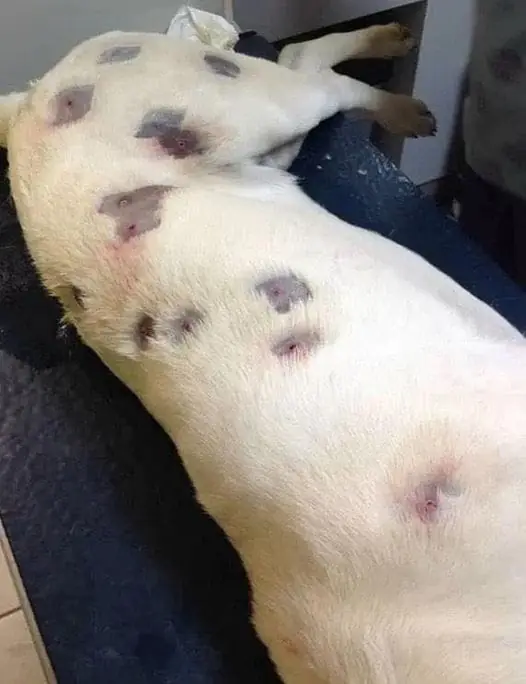
Understanding a Cat’s Behavior: Why Does It Rub and Scratch Against You?

Cats are some of the most fascinating—and often baffling—creatures to share a home with. Even their most devoted fans will admit: felines can be a bundle of contradictions. One minute they’re curled in your lap, the next they’re swatting your hand for petting them the “wrong” way. While some cats are friendly, affectionate, and open with their emotions, most are more mysterious, requiring time and patience to truly understand.
Among all their quirks, one behavior stands out as particularly puzzling: rubbing up against things—or bunting. If you’ve ever wondered what it means when your cat bumps their head against your leg or furniture, you’re not alone. The answer is part affection, part science, and part instinct.
What Is Cat Bunting—and Why Do They Do It?
That moment when your cat rubs their head or cheek against you may seem like a simple show of affection—but it’s also their way of marking territory.
Cats have specialized scent glands around their face, head, and tail. These glands release pheromones, invisible chemical signals that cats use to claim ownership and communicate with the world around them. So when your kitty bumps their head against your leg, or rubs up against the couch, they're saying:
"This is mine."
According to Dr. Tomeshia Hubbard, DVM, from the Alabama Veterinary Allergy and Dermatology Service, cats also have vibrissae, or whiskers, which act as sensitive touch receptors that help trigger affectionate behaviors. So bunting is both a sensory and emotional expression—a mix of comfort, familiarity, and bonding.
And since pheromones wear off over time, cats will routinely “reapply” their scent, especially when something in their environment changes—like when you come home from work or after guests leave. It’s their way of restoring balance and feeling at home.
Is Bunting Always a Sign of Love? Not Necessarily
While bunting is generally a positive sign, it’s not always a signal for affection or an invitation to pet. Sometimes, it’s more about curiosity or communication. Think of it like a cat’s version of pointing or asking a question.
A cat might rub against:
-
A cabinet when they’re hungry.
-
A door when they want to go outside.
-
Your leg as a reminder that you haven’t filled their bowl.
It can also be a way of gathering information. Like human babies who put everything in their mouths, cats explore through scent. A newly-acquainted kitty rubbing against you may not be saying “I love you” but rather “Who are you?”
When Bunting Might Be a Red Flag
If your cat suddenly starts rubbing or headbutting things excessively—especially with new symptoms like:
-
Weight loss
-
Vomiting or diarrhea
-
Hair loss
-
Itching or overgrooming
-
Changes in appetite or behavior
…it could signal something more serious.
Veterinary experts warn that excessive bunting might be linked to medical issues like:
-
Allergies
-
Ear infections
-
Fleas or skin conditions
-
Intracranial disease
-
Feline hypersensitivity disorder
In these cases, it’s best to consult your vet right away.
More Mysterious Feline Behaviors Explained
Cats don’t just confuse us with headbutts. Let’s take a look at some other odd kitty behaviors that often leave owners scratching their heads:
1. Tail Wagging
Unlike dogs, a wagging cat tail doesn’t mean “I’m happy.” According to Dr. Evelyn Kass, a veterinarian at Pet Nutrition Doctor, tail wagging in cats typically signals irritation, frustration, or high excitement. A thrashing tail is often a clear warning:
"Stop what you’re doing or I might bite."
2. Knocking Things Over
Ever caught your cat pushing a cup off the counter for seemingly no reason? It’s not just mischief—it’s instinct. Knocking things over can be:
-
A way to test objects
-
A sign of boredom or playfulness
-
A way to get attention
It’s also an outlet for their natural hunting drive.
3. Belly-Up Pose
Many cat owners assume that a cat showing its belly is asking for a rub—but be warned. This is often a sign of trust, not an invitation.
"When cats expose their bellies, they’re saying they feel safe,” explains Dr. Sam Meisler, founder of PetWellClinic. “But if you touch them there, they might scratch or bite. It’s a gesture, not a request."
Reading Between the Whiskers: Understanding Your Cat
Every cat is different, and the key to understanding them is observation and respect. Learning to read their body language—tail flicks, ear movements, vocalizations, and yes, rubbing—helps strengthen your bond.
Like any relationship, building trust with a cat takes time, patience, and a willingness to learn their unique signals. Whether they’re rubbing against you to say “hello,” staking their claim, or asking for dinner, your cat is always trying to communicate—you just need to know how to listen.
Final Thought:
That head bump you got when you walked through the door?
It wasn’t random—it was a sign of love, comfort, and ownership. To your cat, you’re not just their human—you’re family.
News in the same category

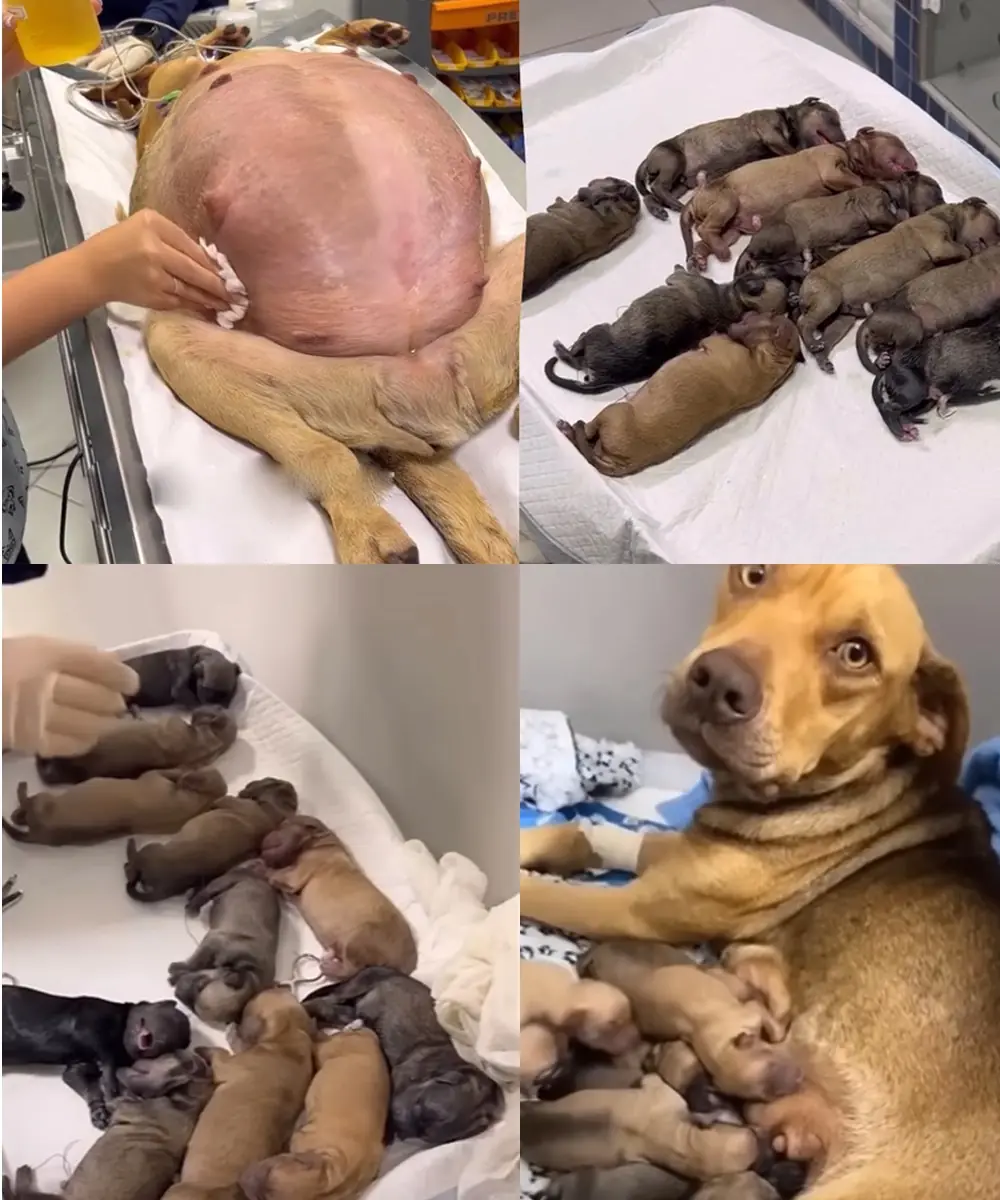
A Pregnant Dog’s Miraculous Journey: How She Found Help at My Gate…

Can Dogs Really Tell Who’s Good or Bad? Here’s the Jaw-Dropping Truth You Didn’t Know

11 Heartbreaking Signs Your Dog May Be Nearing the End—And How to Show Them the Love They Deserve

The Funniest Cats: Laugh Nonstop at Their Weird Poses and Quirky Habits

22 Dangerous Foods for Dogs – Protect Your Pets!

11 signs your dog is nearing the end

This Is the Most Affectionate Dog Breed in the World, According to a Study
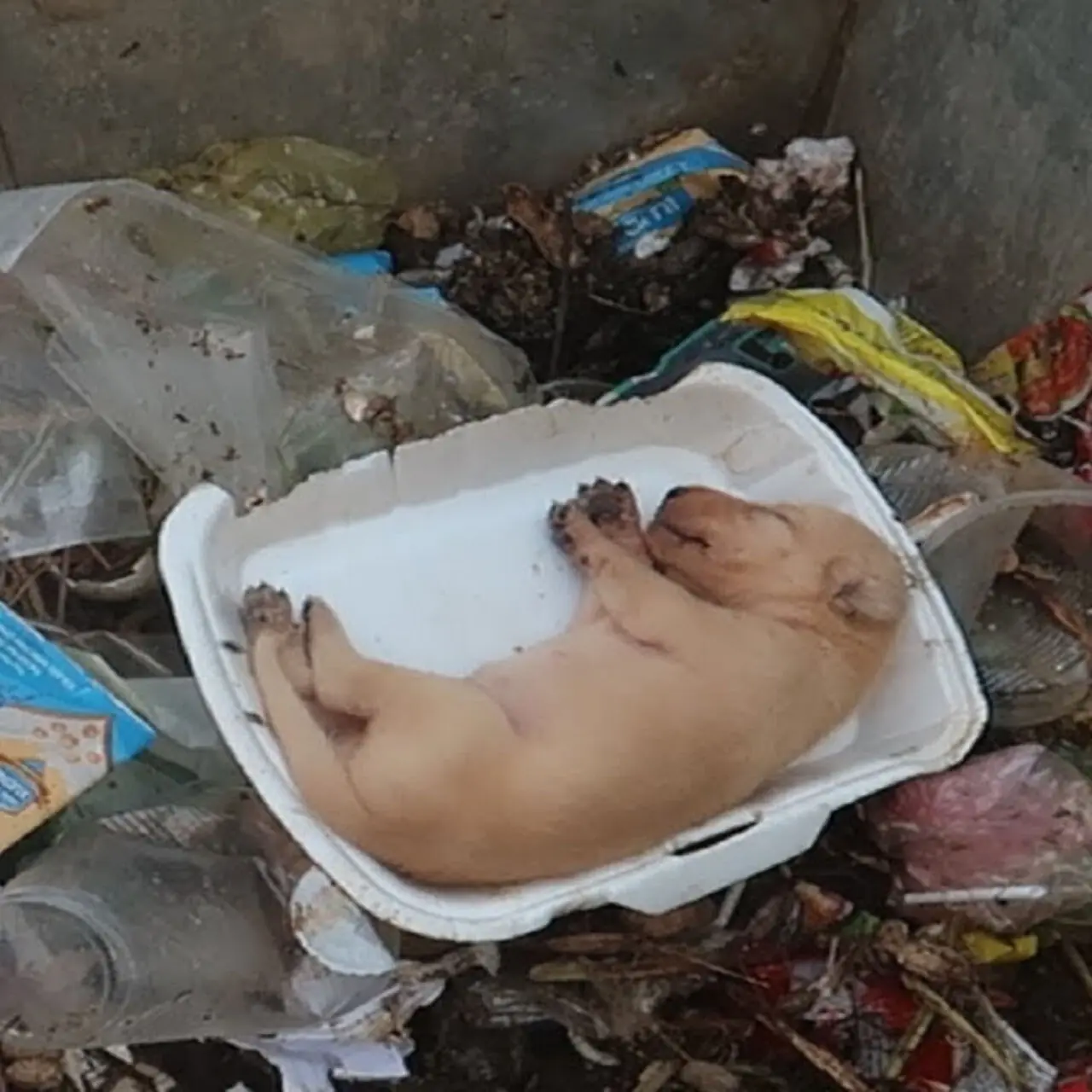
From Starvation to Salvation: How One Act of Kindness Transformed a Puppy’s Life
News Post
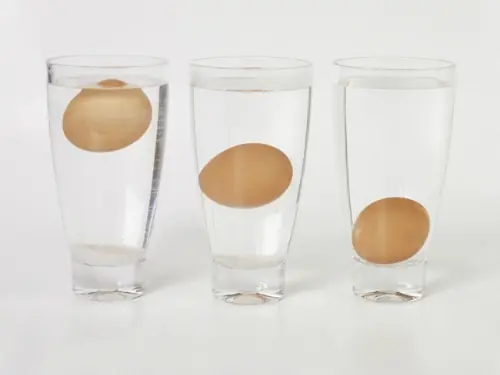
How to Tell If Your Eggs Are Still Fresh: The Ultimate Kitchen Guide

Most are clueless. What to eat when you feel

People Freaked Out After Spotting Creepy Hidden Face in Group Photo

Effects of music on cancer cells: what the science says.
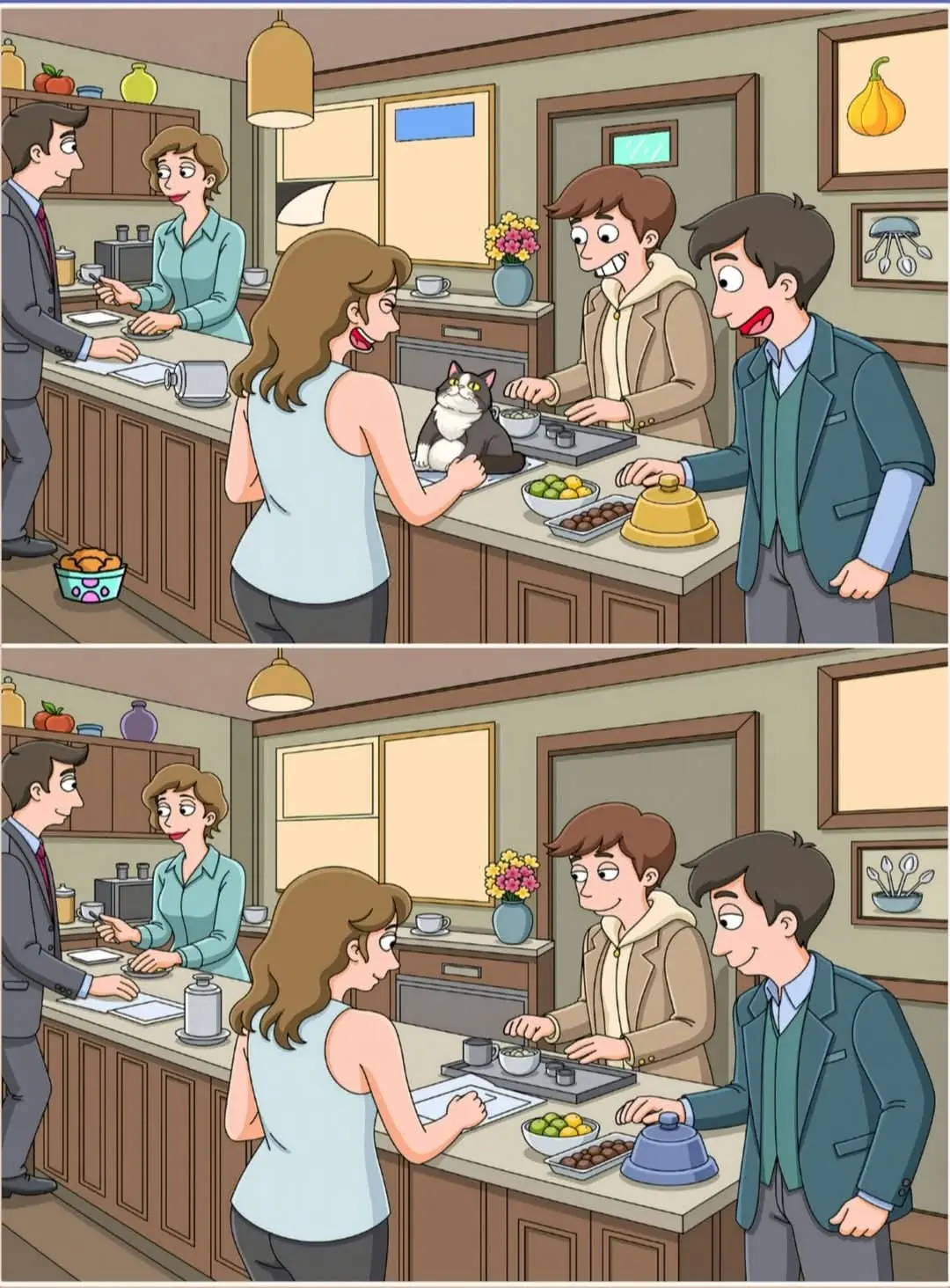
Game Challenge: Find 15 Differences in 30 SECONDS!

These 5 Popular Drinks Are Slowly Damaging Your Kidneys — Are You Still Drinking Them?

California Authorities Identify Human Remains As A 13-Year-Old Girl Who Vanished 50 Years Ago

Stephen Hawking said he had a simple answer when asked whether he believed in god

Find Pizza, Comb, Fork, Ice Cream...😊

I Meticulously Saved Every Penny for Our Dream Home—Only for My Husband’s Parents to Try and Claim It.

She Believed The Dog Had Numerous Bites, But The Doctor Examined It More Closely And Called The Police

My Ex-husband Got Our House, Car and All Our Money After Divorce – I Laughed Because That Was Exactly What I Planned

Can You Spot All 12 Differences? Let’s Find Out!

Homemade Korean Rice Face Cream For Wrinkle Free, Young Skin

Use This To Reverse Your Premature Grey Hair With Home Remedies

Woman Humiliated Me at a Restaurant, but the Next Day, She Appeared at My Door as My DIL…

The only drink you need for glowing skin

Pope Francis is back at the Vatican after a five-week hospital
